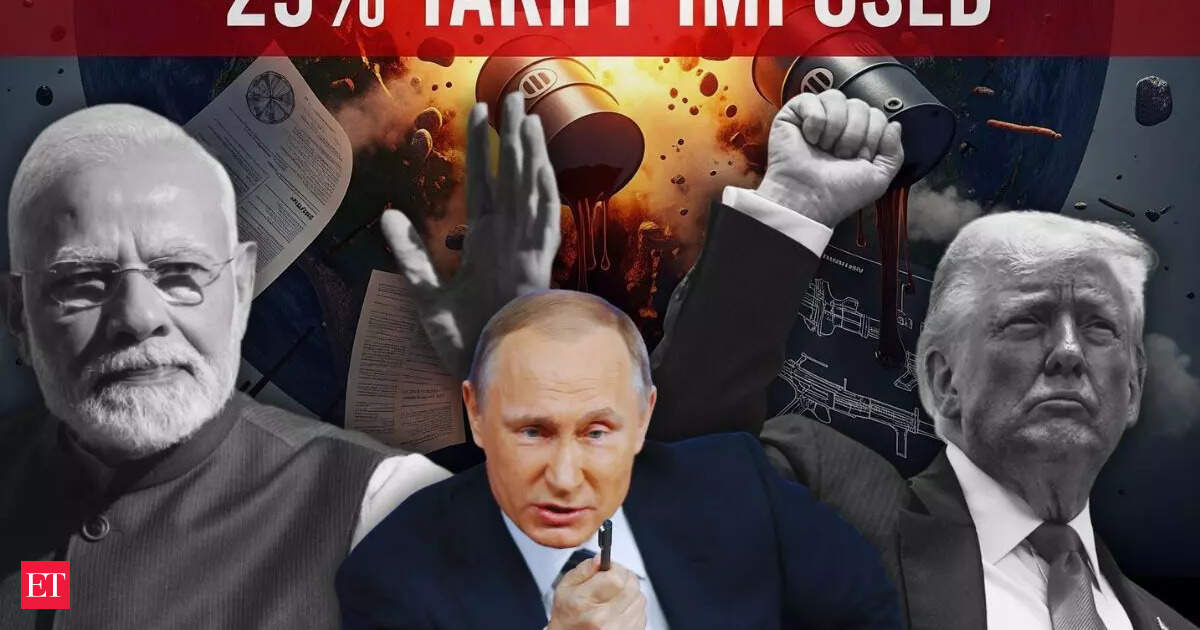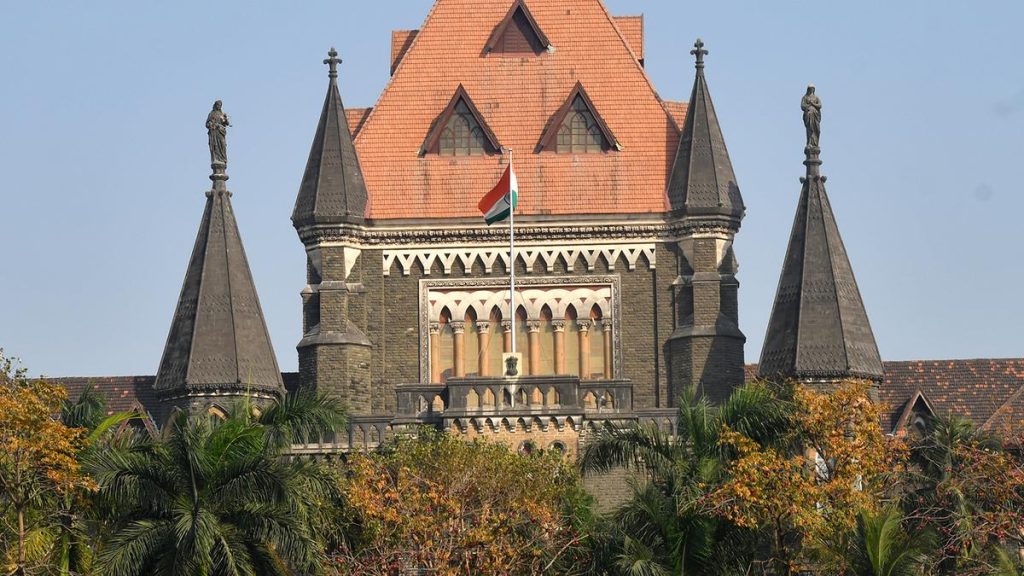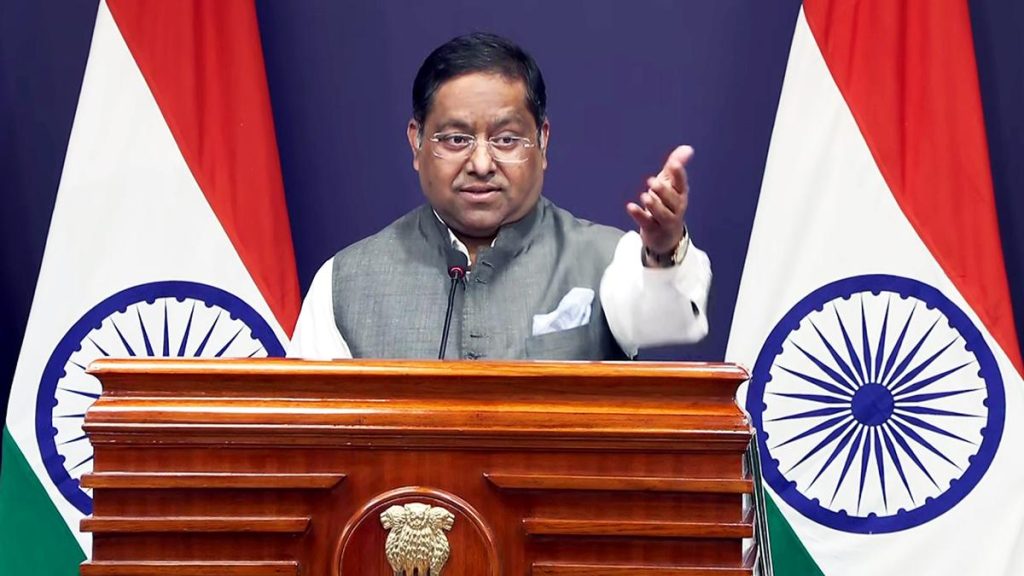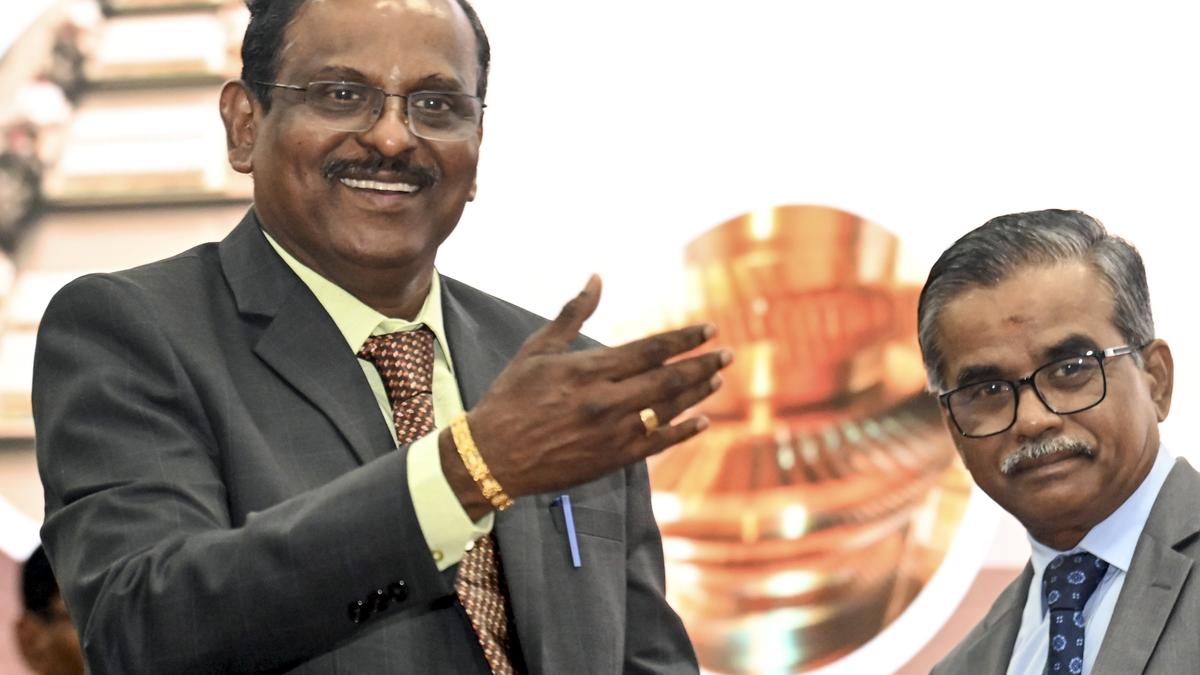Now Reading: India Weighs Russia Trade Amid U.S. Concerns Over $68 Billion Tie-Up
-
01
India Weighs Russia Trade Amid U.S. Concerns Over $68 Billion Tie-Up
India Weighs Russia Trade Amid U.S. Concerns Over $68 Billion Tie-Up

swift summary
- US Tariffs on India:
– Former US President donald Trump announced a 25% tariff on Indian exports, effective August 1, 2025.
– The decision cites high Indian duties on American goods and “non-monetary trade barriers.”
– An additional penalty for India’s growing ties with Russia has also been mentioned but remains unspecified.
- India-russia Trade Relations:
– Bilateral trade reached $68.7 billion in FY25, a six-fold rise from pre-pandemic levels.
– Major contributors include oil imports (40% of India’s crude basket) and military equipment (over half of India’s arsenal is Russian-made).
– India signed its largest energy deal with Russia in December: a $13-billion annual supply agreement over ten years.
- Geopolitical Challenges:
– Trump criticized India’s neutral stance on the Ukraine war and accused it of aiding Russia via dual-use technology exports.
– A bipartisan bill in the US Senate proposes tariffs up to 500% targeting countries buying Russian oil while not supporting Ukraine. This could impact India’s energy-based economic partnerships.
- Economic Risks for India:
– US accounts for roughly one-fourth of Indian exports ($87 billion in FY24).
– Potential tariff impacts could reduce competitiveness against other Asian economies like Japan and Vietnam whose weighted average tariffs are lower.
– EU sanctions now ban petroleum products refined from russian-origin crude-affecting $14.3 billion worth of fuel exports from India.
- US Partnerships Elsewhere:
Trump’s new energy deal with Pakistan drew attention as he suggested future collaboration might lead to Pakistani oil being sold to India-highlighting shifting geopolitical alignments.
Indian Opinion Analysis
The imposition of tariffs by the United States represents an intensifying challenge for India’s balancing act between its strategic independence and global partnerships amid mounting pressures over its relationship with Russia. While Trump’s actions appear punitive,they reflect broader frustrations among Western powers about India’s neutrality on issues like the Ukraine conflict and continued trade reliance on Moscow.India’s robust economic relationship with Russia-spanning oil imports, arms dependence, nuclear collaboration-is deeply rooted historically but increasingly costly diplomatically. With Western nations tightening sanctions against Moscow post-Ukraine invasion, New delhi faces a narrowing window to reconcile national interests without alienating key partners such as the US or EU.
Trump’s alignment with Pakistan through an enterprising energy partnership raises strategic questions about Indo-US relations under his potential influence: can future cooperation sustain itself amid competing narratives? Concurrently proposed high-impact legislation like the Sanctioning Russia Act foreshadows broader economic ripple effects that directly threaten critical export markets-the timing adds urgency ahead of upcoming diplomatic negotiations during Putin’s anticipated state visit to New Delhi later this year.
In essence, managing these escalating trade tensions alongside global expectations tests both India’s foreign policy resolve and ability to shield domestic industries from severe revenue losses arising out of international penalties or diminishing market access abroad.




























